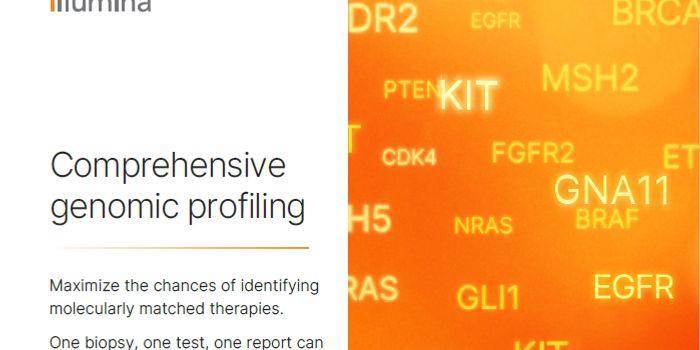Why the Same Genetic Mutation can Affect People Differently
Scientists have been confounded for years by genetic errors that had the same sequence but exert a varied effect in different individuals. The same mutation may cause a disease like breast cancer, Huntington's disease or retinoblastoma, while having different levels of severity, or variable penetrance, in patients. Now, scientists at the New York Genome Center (NYGC) and Columbia University have proposed a mechanism for that effect; they have reported their findings in Nature Genetics.
Most genes code for proteins that carry out cellular functions. Some genes, however, act to regulate the expression of those protein-coding genes. This work has found evidence that variations in those regulatory genes are connected with the variable effects of disease-causing mutations, which has implications for many disorders. This work was led by post-doctoral research fellow Dr. Stephane Castel and Dr. Tuuli Lappalainen, Assistant Professor at Columbia University Department of Systems Biology and NYGC Core Faculty Member.
“Our findings suggest that a person’s disease risk is potentially determined by a combination of their regulatory and coding variants, and not just one or the other,” Lappalainen explained. “Most previous studies have focused on either looking for coding variants or regulatory variants that affect disease in these individuals or potentially looking at common variants that could affect disease. We have merged these two fields into one clear hypothesis that uses data from both of them, which was fairly unheard of before.”
To test whether variable penetrance was linked to gene regulation, Lappalainen’s team queried a large dataset of genetic variants that impact human gene expression - the Genotype-Tissue Expression (GTEx) project. That enabled them to identify combinations of variants in regulatory and coding genes that were protective against disease. The scientists weren’t surprised to find that natural selection was weeding out gene variants that were damaging to human health, Castel noted.
Following up on this work in patients, the investigators utilized data in The Cancer Genome Atlas (TCGA) from the National Institutes of Health, and a repository of familial genetic data that included children with autism spectrum disorder. The scientists found that patients with cancer and individuals with autism carried more genetic combinations that promoted the penetrance of their disease.
In a final test of their hypothesis, the researchers used gene editing to change a gene linked to a rare, hereditary disease that increases tumor risk, called Birt-Hogg-Dubé Syndrome. By changing a regulatory gene, the team modified the effect of the mutation that causes the disease. This work shows, therefore, that there is a way to assess gene variants that have been connected to disease, to see how detrimental they are when combined with certain changes in regulatory genes.
“Now that we have demonstrated a mechanism for modified penetrance, the long-term goal of the research is better prediction of whether an individual is going to have a disease using their genetic data by integrating the regulatory and coding variants,” Lappalainen said.
“In future, studies of the genetic causes of severe diseases should take into account this idea that regulatory variants need to be considered alongside coding variants,” added Castel. “This should eventually lead to a more fine-grained understanding of the risk of coding variants associated with disease.”
Learn more about variable penetrance from the video.
Sources: New York Genome Center, Nature Genetics








